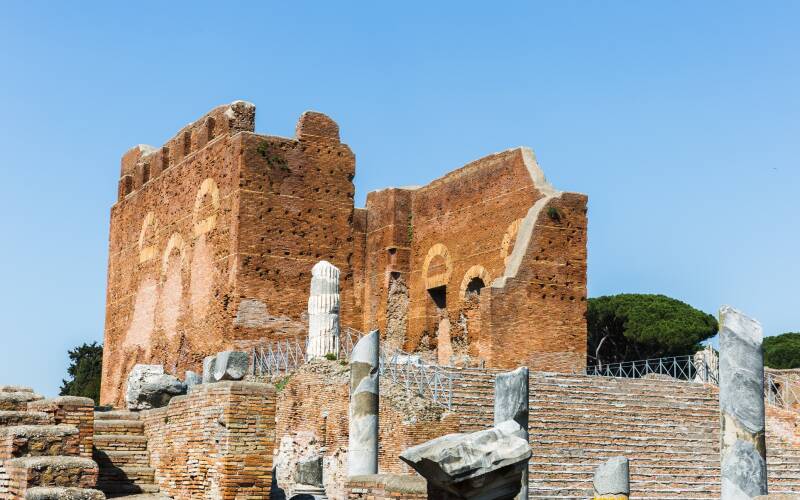- Search magazine...
- Magazine by Category
- Magazine by Region
- article detail
- Search magazine...
- Magazine by Category
- Magazine by Region
- article detail
Located 46 km from Rome, reachable by car in 45 minutes towards the sea, Ostia Antica is surrounded by greenery dotted with majestic maritime pines; the ancient city is a mine of timeless suggestions where you can enjoy unique views and be amazed by the rarefied panoramas among the ruins of times past.
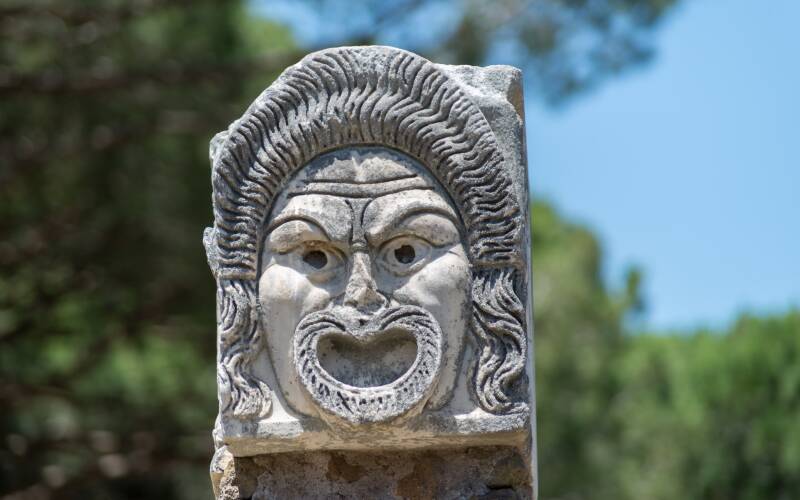
Ostia Antica was Rome’s main and closest outlet to the Tyrrhenian Sea, since its foundation up till the affirmation of the port centre of Portus, with its seaports of Claudius and Trajan. The name Ostia in Latin indicated the mouth of the river, and it is no coincidence that the town was located right on the mouth of the river Tevere.
You may not know that the Park of Ostia Antica, with its surface of 150 hectares, is the largest archaeological site in the world, together with Pompeii, and that only 40% of the wonders are visible. In fact, over half of the city is still buried.
The archaeological park is a candidate to become a UNESCO heritage site together with the archaeological area of Portus, which includes the ancient Roman ports of Claudius and Trajan in Fiumicino.
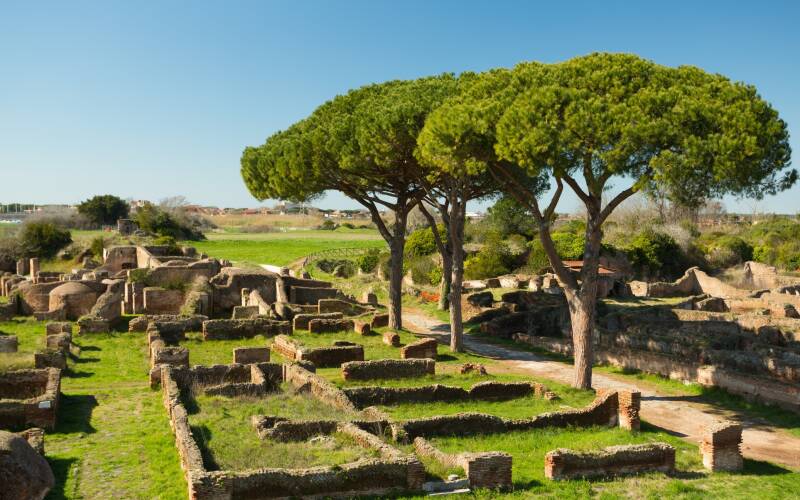
Ostia Antica was founded near the salt pans, which constituted a strategically vital resource for ancient societies, in particular for the preservation of food, and it was located near the river Tevere and the coastline, which nowadays appears to be about 4 km far. The advancement of the beach is due to the debris deposited by the river course over a period of about 2.000 years. According to tradition, the city was founded by King Anco Marzio around 620 BC, although the oldest remains can be dated to the second half of the 4th century BC.
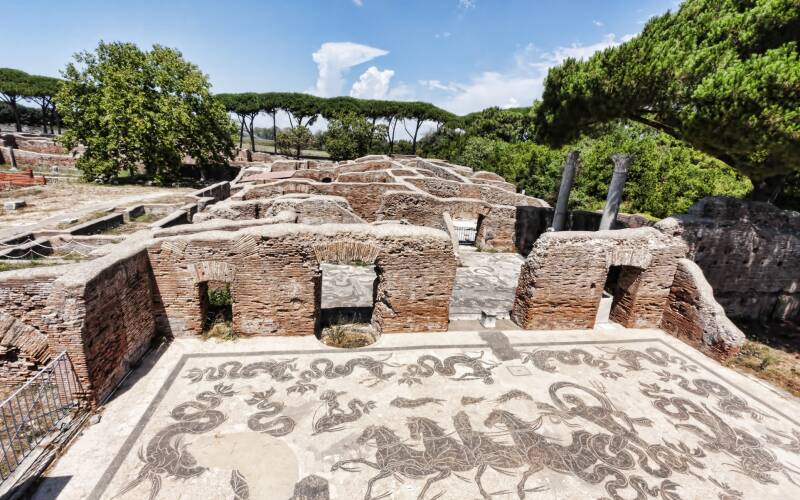
The city quickly became a thriving commercial centre, especially during the imperial age, when the two ports of Claudius and Trajan further spurred the economic activities of the settlement.
The current division of the urban layout into 5 regions, which does not correspond to the ancient division, is articulated around the main road axes:
• The I regio includes the castrum, the forensic area dedicated to legal and economic activities, the thermal baths, as well as the building of the Capitolium, and corresponds to the central portion of the city;
• The II regio housed numerous other public buildings: the baths of Neptune, some temples, the barracks of a detachment of the fire brigade, the body set up by Augustus to protect Rome from the frequent fires that plagued the city, and the theatre;
• The III regio contained numerous residential buildings of different types;
• In the IV regio, there were numerous domus and baths, in addition to the temple of Magna Mater, goddess of nature, the macellum, a market dedicated to the sale of meat and fish, and finally to the Trajan age schola;
• The V regio was occupied by residential and spa complexes and by some horrea, warehouses, and commercial structures.
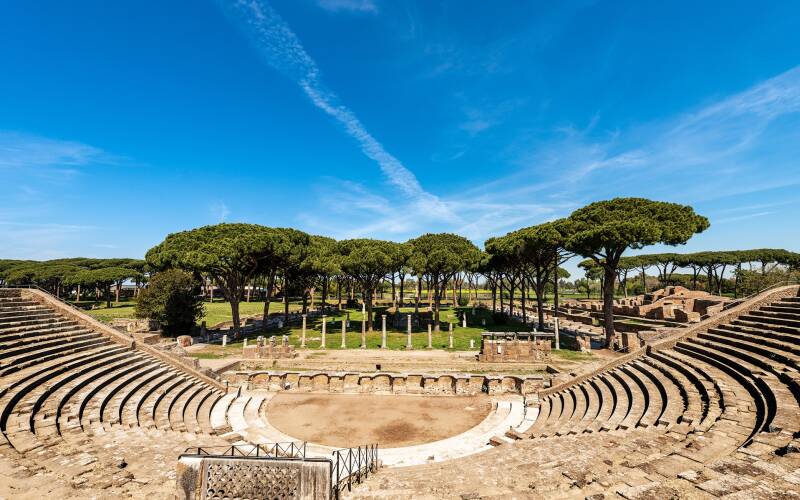
The increasingly dominant role in the third century AD of the other port centre, Portus, caused the slow decline of the town of Ostia, which was completely abandoned in the sixth century AD when the Western Empire had already collapsed.
Click here to discover our collection of luxury villas in Italy and start planning your next exclusive holiday.
Copyright © Home in Italy. All rights reserved.
villa mandorli
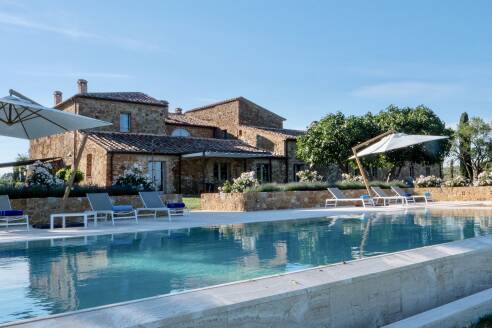
12 6 7
Tuscany, Montepulciano
from 7,150 to 11,600 € / week
cantico
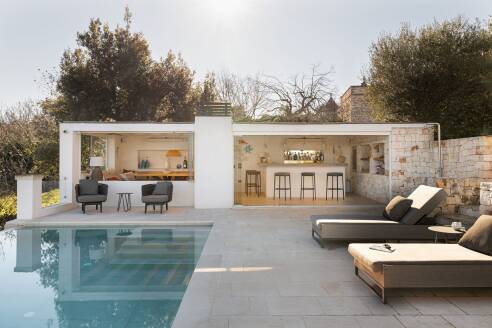
8 4 10
Puglia, Fasano
from 20,000 to 35,000 € / week
verdiana
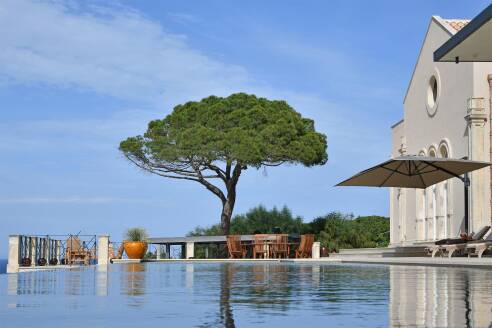
12 6 6
Sicily, Siracusa
from 15,600 to 21,950 € / week
merangola
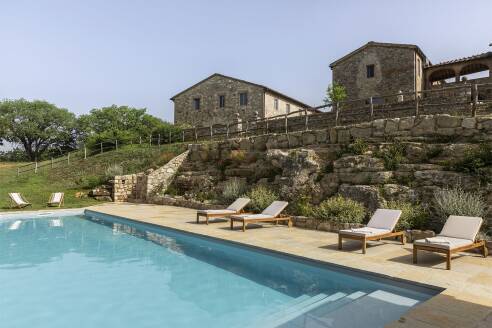
12 6 8
Tuscany, Siena
from 14,000 to 16,000 € / week
masseria antica
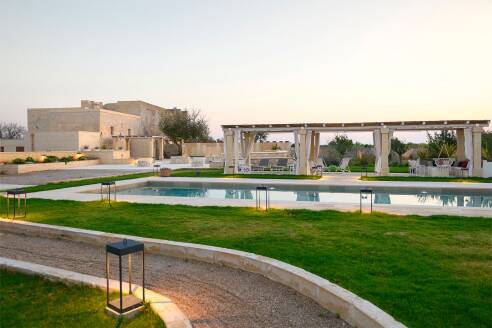
20/22 12 14
Puglia, Lecce
from 31,500 to 49,000 € / week
pantera
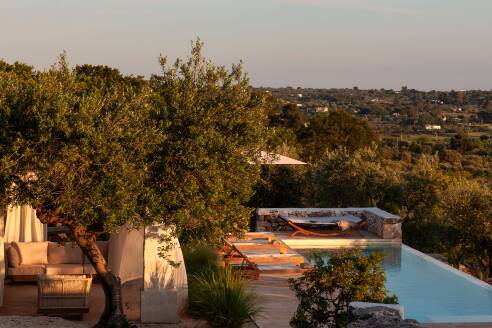
18 9 13
Puglia, Ostuni
from 11,900 to 30,450 € / week
libellula
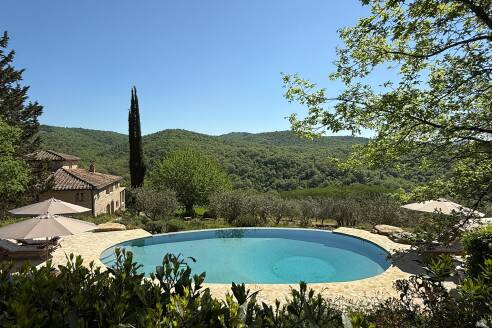
10 5 7
Tuscany, Radda In Chianti
15,000 € / week
chalet acanto

14/19 8 12
Italian Alps - Dolomites, Val Gardena
Price On demand



